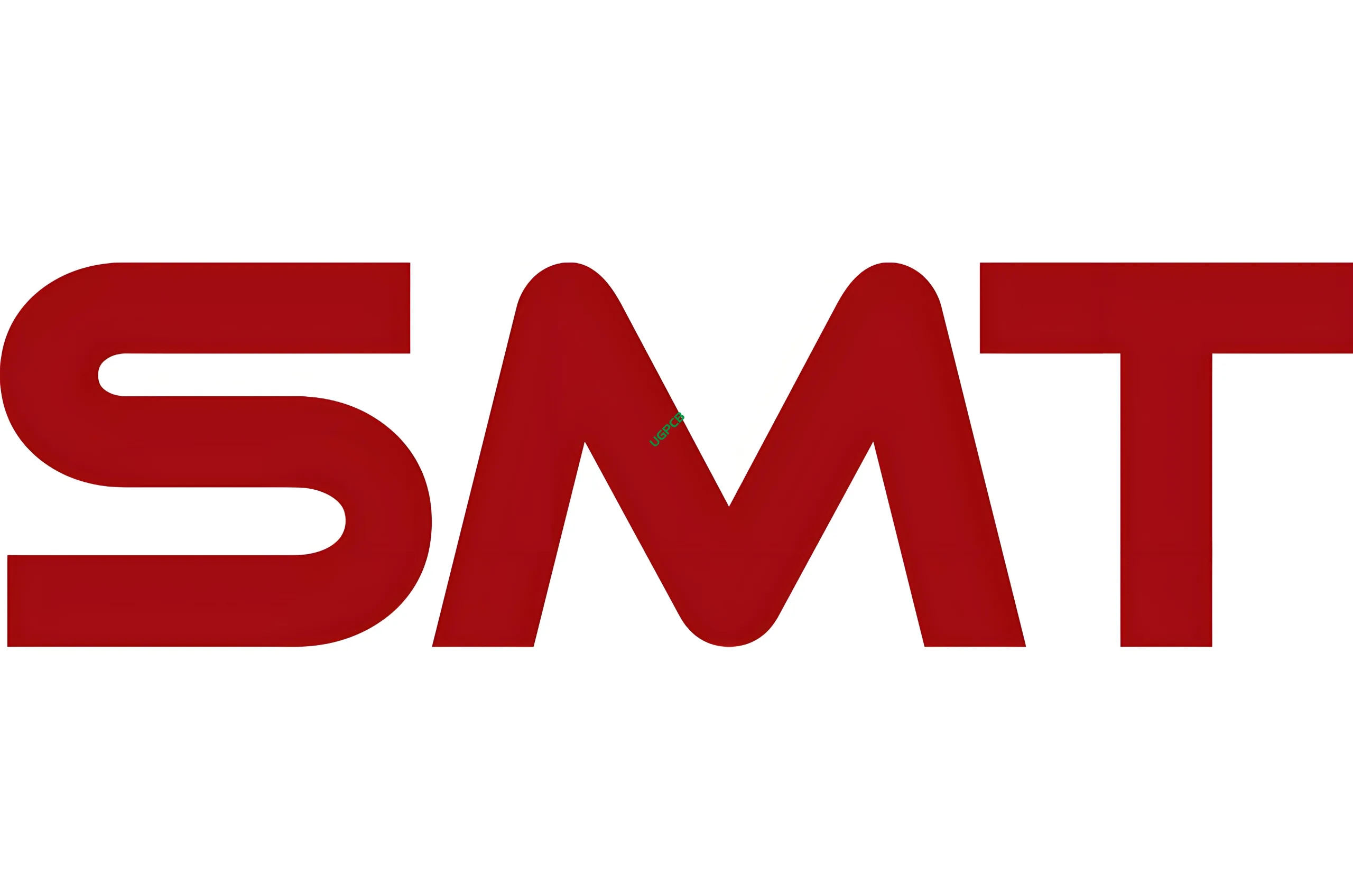
Dans le vaste univers de l'industrie de la fabrication d'électronique, Chaque étoile porte l'éclat de la technologie et l'étincelle de l'innovation. Parmi eux, CMS (Technologie de montage de surface) n'est pas seulement un processus rigoureux, mais aussi une discipline qui combine la technologie et l'art comme un pont entre les composants électroniques et les circuits imprimés (PCB). Cet article vous emmènera pour explorer la terminologie professionnelle dans le domaine de SMT et dévoiler le mystère du langage précis de l'industrie manufacturière électronique.
1. Terminologie SMT de base: la pierre angulaire de la construction du monde électronique
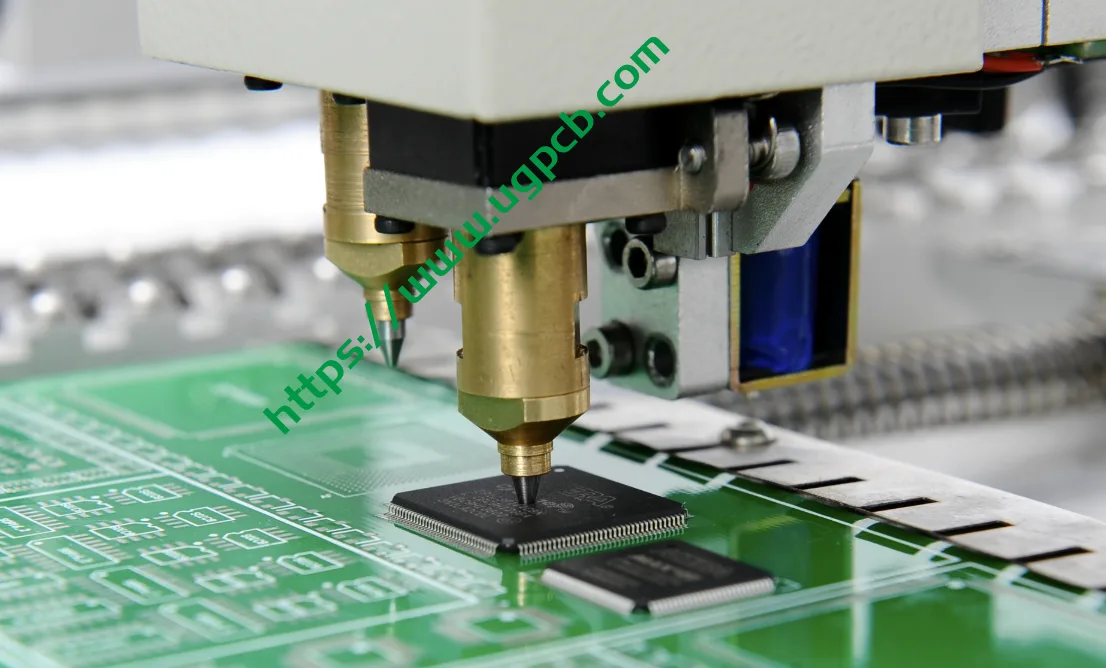
CMS: Cette technologie monte des composants électroniques directement à la surface du PCB, améliorant considérablement l'intégration et l'efficacité de production de la carte de circuit imprimé.
PCB: En tant que transporteur de composants électroniques, la conception, La fabrication et le contrôle de la qualité des PCB sont au cœur de l'ensemble du processus de fabrication de produits électroniques.
CMS (Dispositif de montage de surface) et plonger (Forfait double en ligne): Les deux représentent les formulaires d'emballage traditionnels dans le SMT et ThT (Grâce à la technologie des trous) époques respectivement.
2. Emballage et connexion: l'étreinte étroite des composants et des circuits imprimés
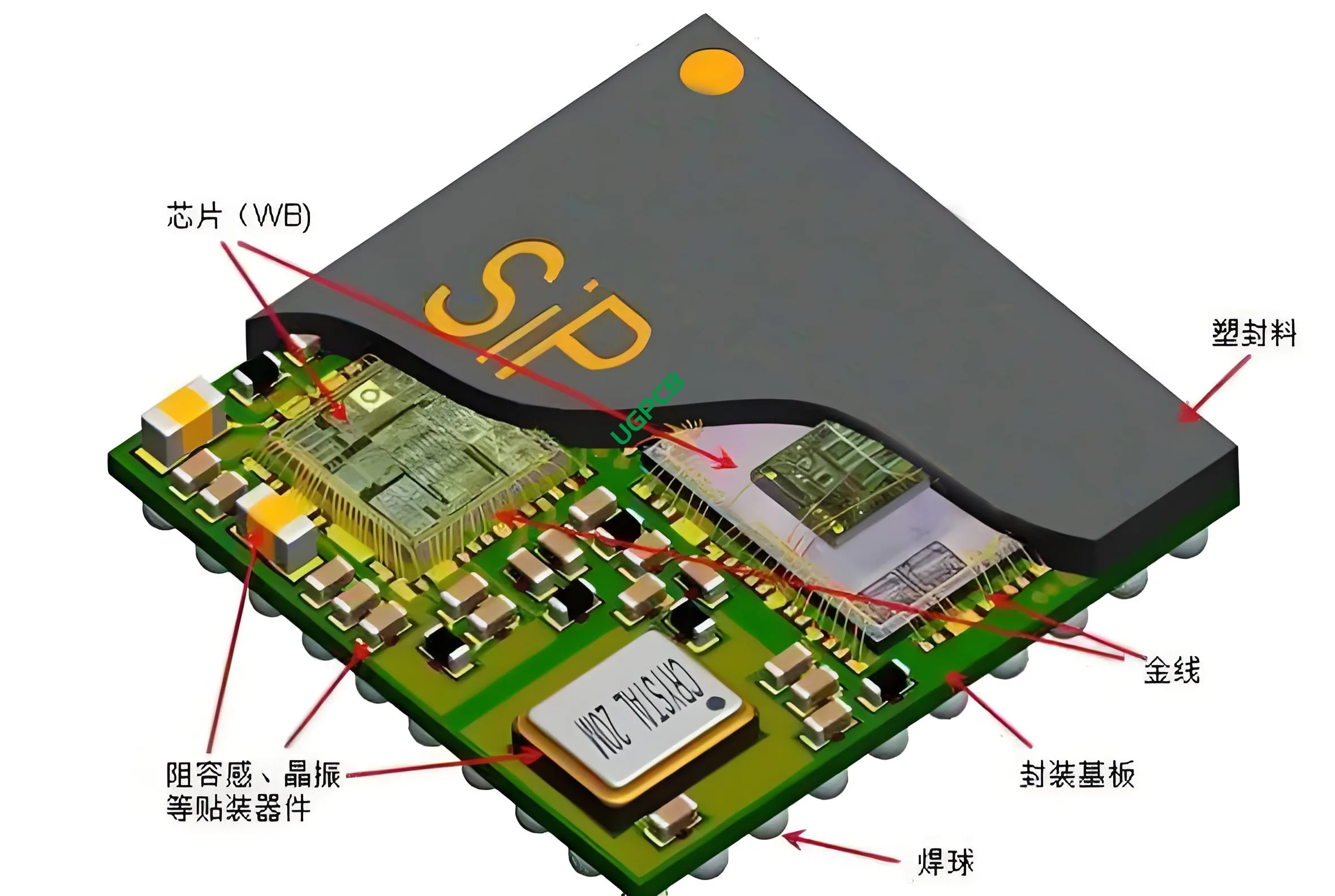
BGA (Tableau de grille à billes) et qfn (Quad plat sans plaidoirie): Ces technologies d'emballage à haute densité rendent les produits électroniques plus compacts et efficaces.
CI (Circuit intégré): Comme le “cerveau” d'équipement électronique moderne, L'intégration et les performances de la CI sont directement liées à la compétitivité des produits.
Soudeur de reflux: En contrôlant précisément la courbe de température, La pâte de soudure fond pour obtenir une connexion ferme entre les composants SMD et les PCB.
3. Inspection et fiabilité de la qualité: Garder la bouée de sauvetage des produits électroniques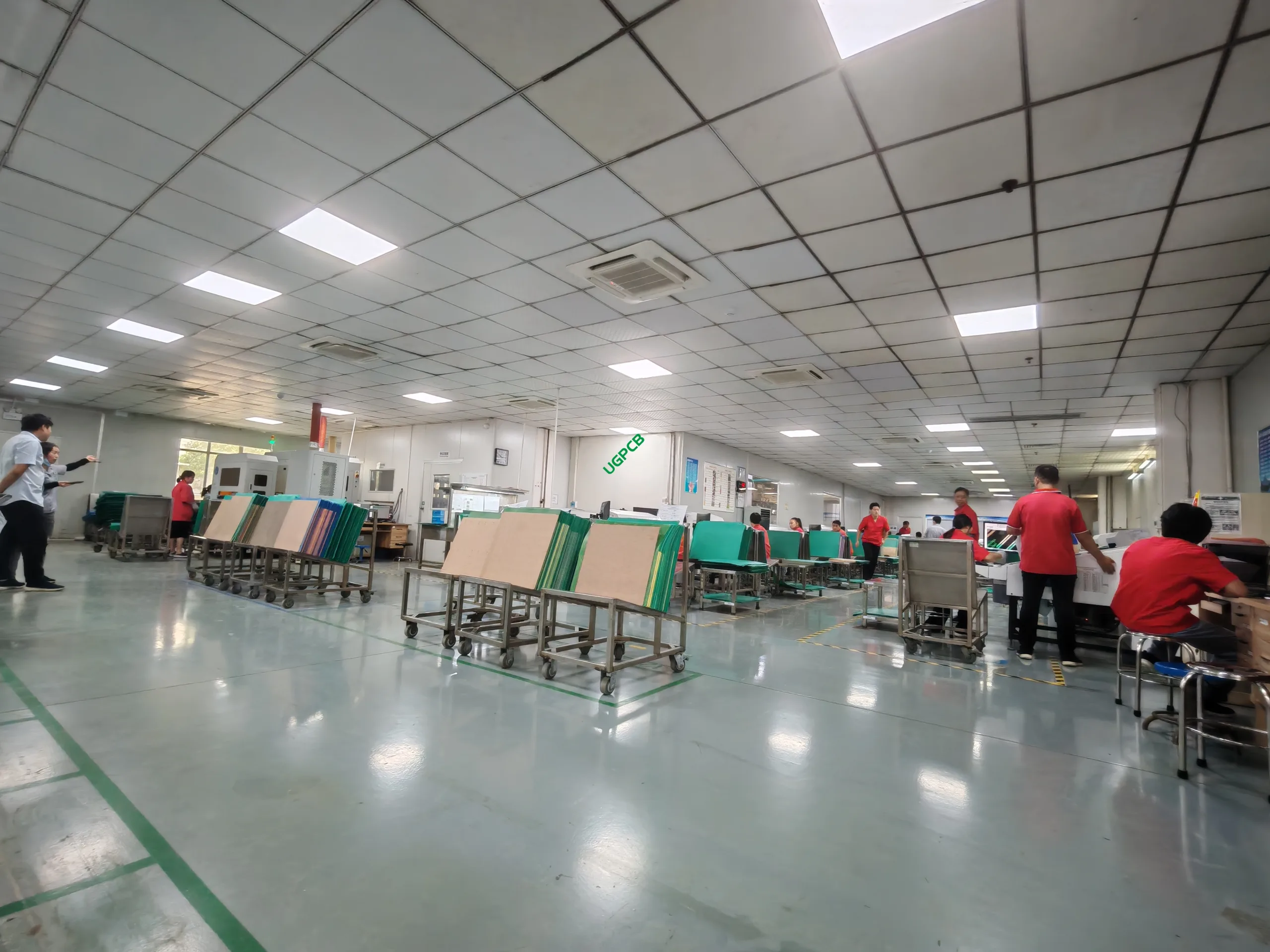
Zone d'intérêt (Inspection optique automatisée) et inspection des rayons X: Ils sont comme “microscopes” Dans l'industrie de la fabrication d'électronique, S'assurer que chaque joint de soudure et chaque composant répond aux normes de qualité.
TIC (Test en circuit) et fct (Test fonctionnel): Ensemble, ils constituent le “examen physique” de produits électroniques avant de quitter l'usine, s'assurer que le produit fonctionne normalement et a des performances stables.
4. Ligne de production et processus: L'art de la fabrication de précision
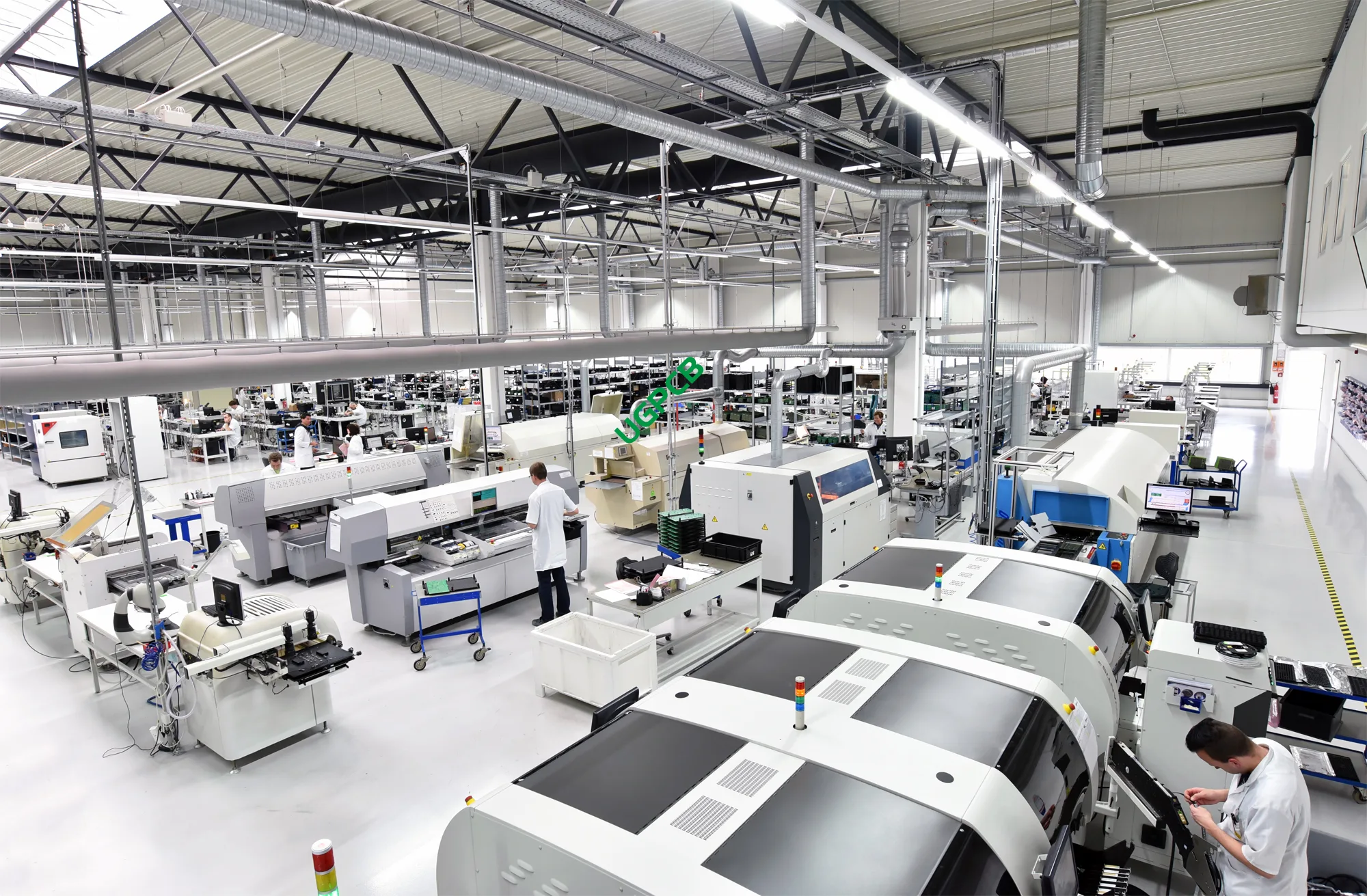
Ligne SMT: De l'imprimante à la machine SMT, Et puis pour reflux four, Chaque processus incarne la sagesse et la sueur des ingénieurs.
Impression et sélection et lieu de pochoir: Ces actions apparemment simples sont les étapes clés pour réaliser un placement de haute précision.
Soude sans plomb: L'amélioration de la sensibilisation à l'environnement a favorisé l'application généralisée de la soudure sans plomb, Apporter un avenir plus vert et plus durable à l'industrie manufacturière électronique.
5. Conception et fabrication de PCB: Plan et pierre angulaire du monde électronique
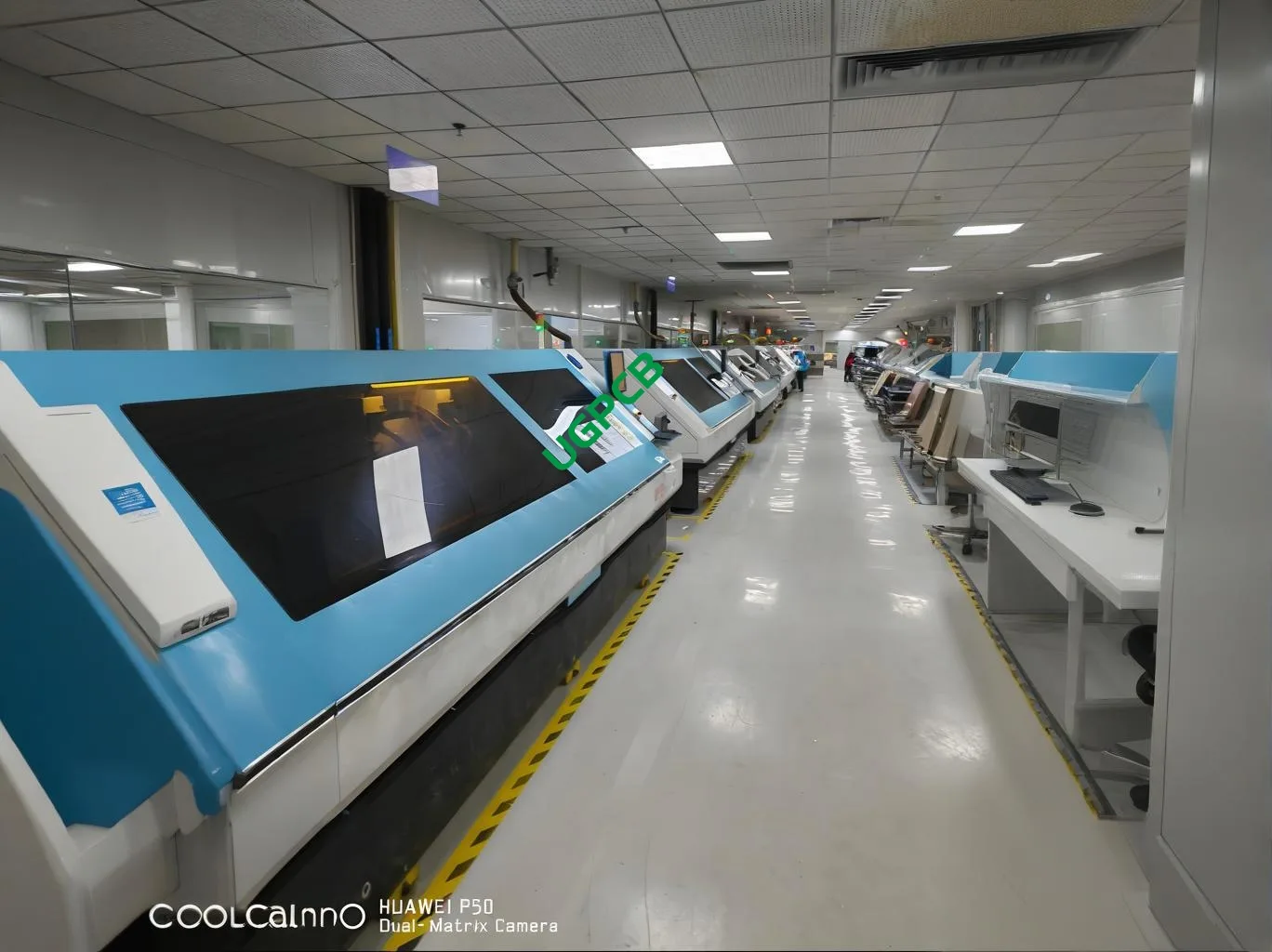
Épaisseur de PCB et épaisseur de cuivre: Ces paramètres affectent directement les performances électriques et la résistance mécanique du PCB.
Contrôle de l'impédance: Assurer l'intégrité de la transmission du signal sur PCB est une partie importante de la conception de circuits à grande vitesse.
Microvia, Aveugle via et enterré via: L'introduction de ces structures spéciales rend la conception de PCB plus flexible et efficace.
6. Gestion et efficacité: Le moteur intelligent de l'industrie de la fabrication d'électronique
Erp (Planification des ressources d'entreprise) et mes (Système d'exécution de la fabrication): Ils sont comme le “cerveau” de l'industrie manufacturière électronique, Surveillance et optimisation du processus de production en temps réel pour améliorer l'efficacité de la production.

Jit (Juste à temps) et Kanban: L'application de ces concepts de gestion rend l'industrie de la fabrication électronique plus flexible et efficace, réduit les coûts d'inventaire, et améliore la vitesse de réponse du marché.
7. L'évolution et l'innovation de la technologie d'emballage: Explorer les possibilités infinies de l'avenir
ÉPI (Puce à bord), Flip Chip et Under Fill: Ces technologies d'emballage avancées améliorent non seulement les performances d'intégration et de dissipation de chaleur des puces, mais offrent également des possibilités infinies pour l'innovation des produits électroniques.
Six Sigma: L'application de cette méthode de gestion de la qualité permet à l'industrie de la fabrication d'électronique de continuer à avancer sur la voie de la poursuite de zéro défauts.
Conclusion: Un voyage de terminologie dans l'industrie de la fabrication d'électronique, Une symphonie d'exploration et d'innovation
De SMT à PCB, de la technologie d'emballage à l'inspection de la qualité, de la technologie de la ligne de production à l'efficacité de la gestion, Chaque trimestre de l'industrie manufacturière électronique comporte la sagesse de la technologie et l'étincelle de l'innovation. Ensemble, Ils constituent le langage précis et l'art du monde de l'électronique, Nous permettant de continuer à avancer sur la route de l'exploration et de l'innovation. À cette époque pleine de défis et d'opportunités, Travaillons ensemble pour écrire un chapitre glorieux de l'industrie manufacturière électronique avec sagesse et sueur!
 LOGO UGPCB
LOGO UGPCB

